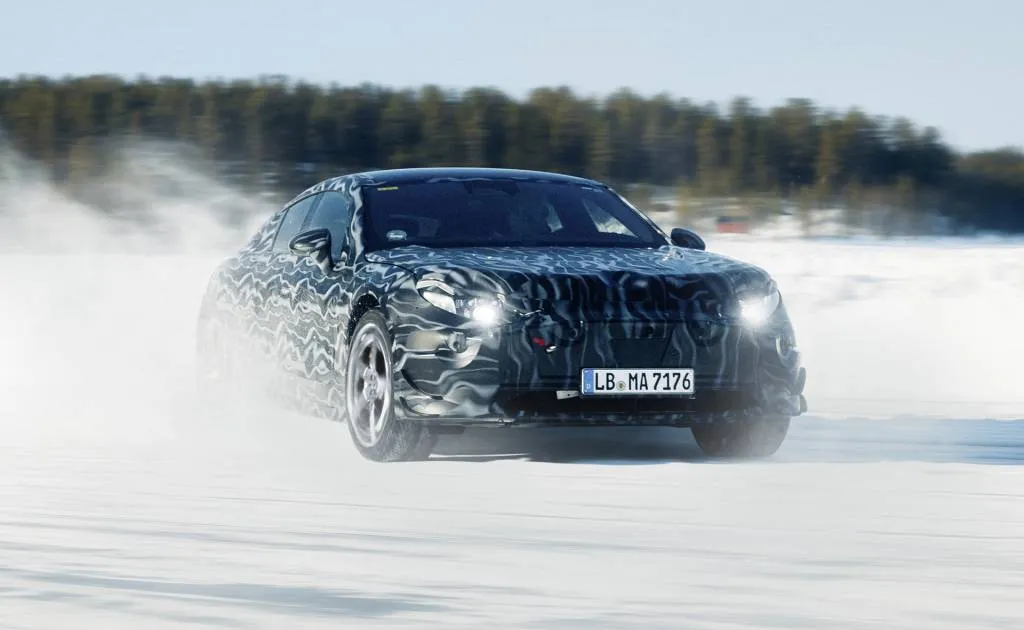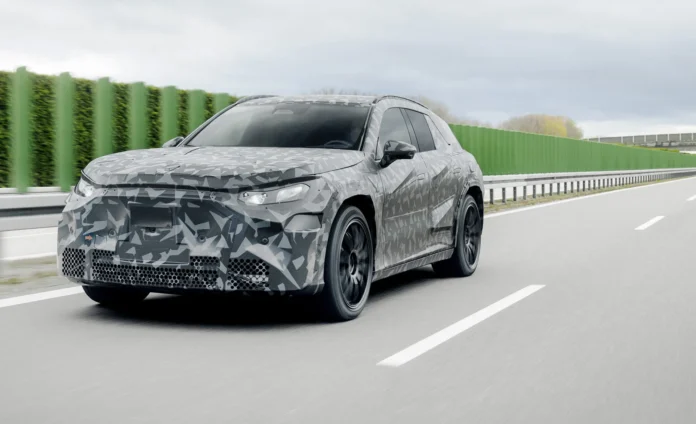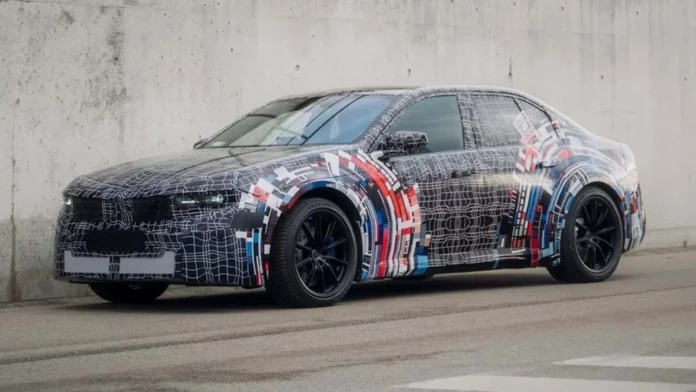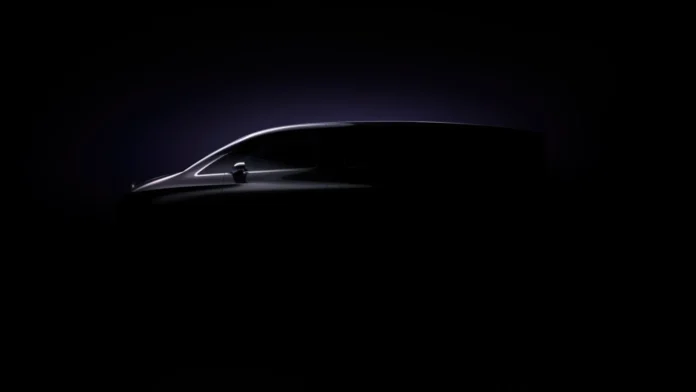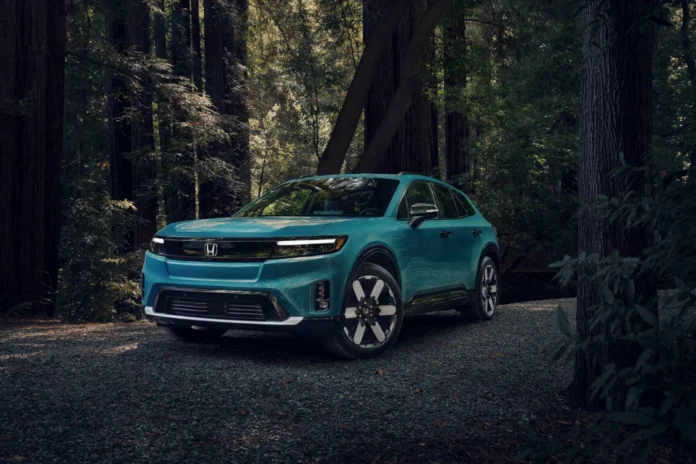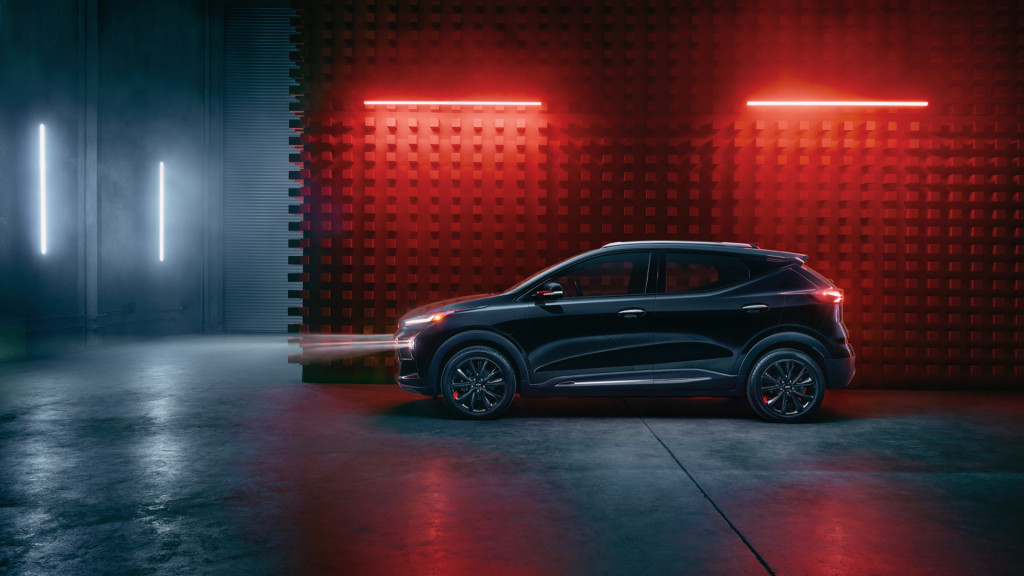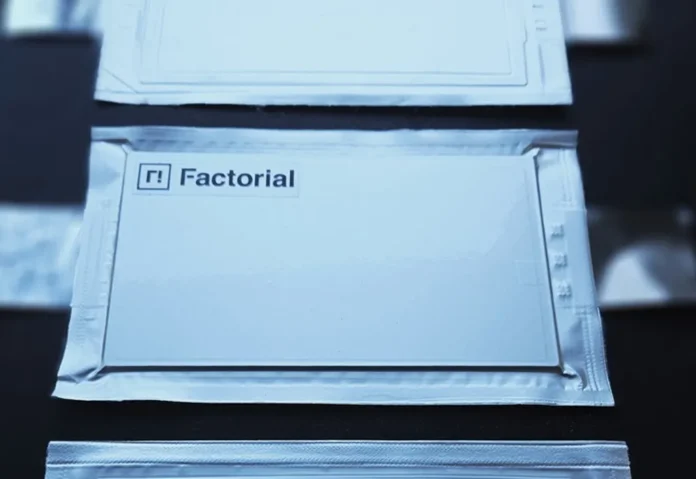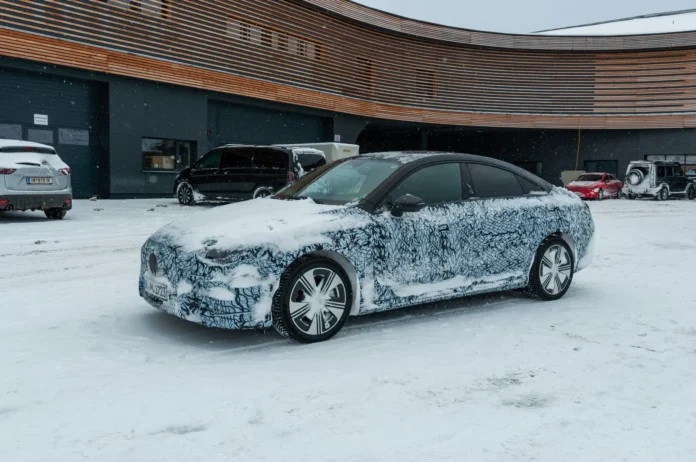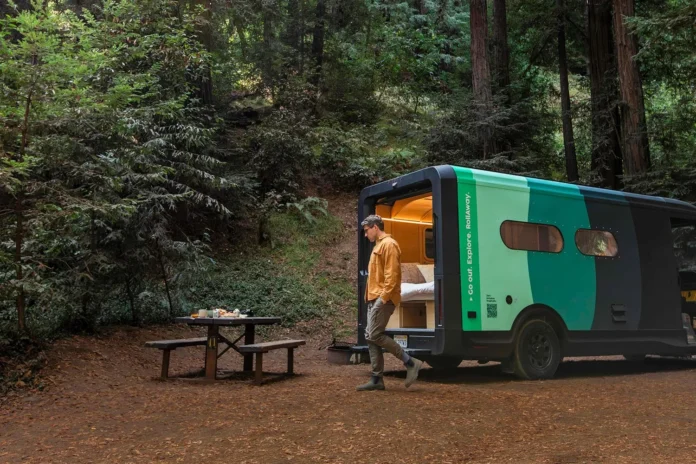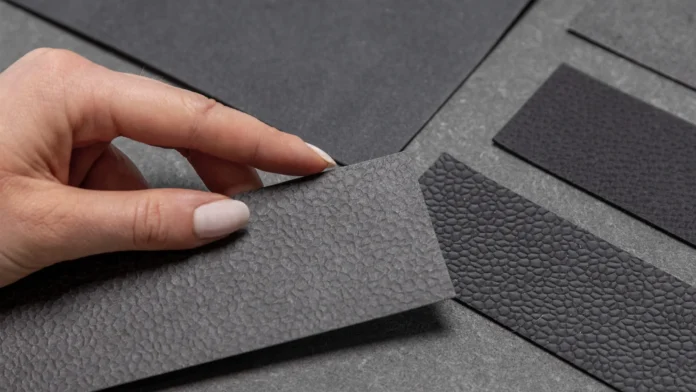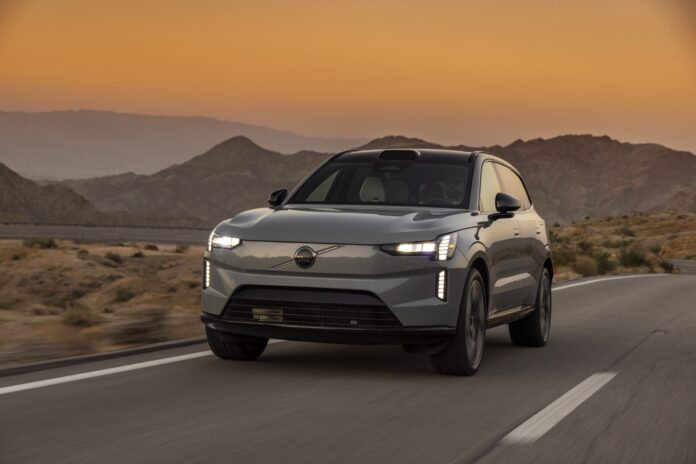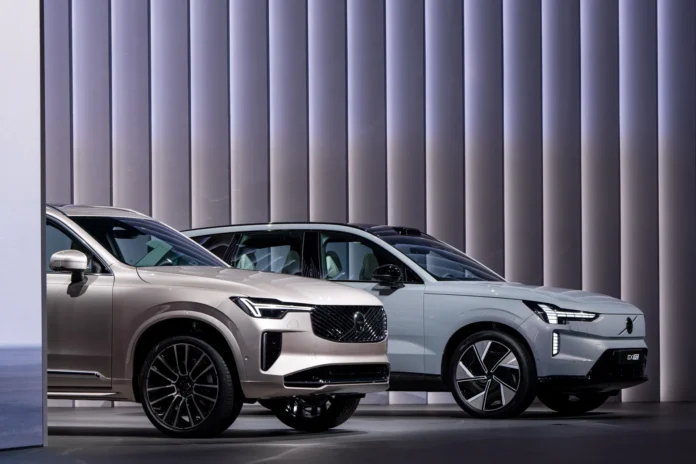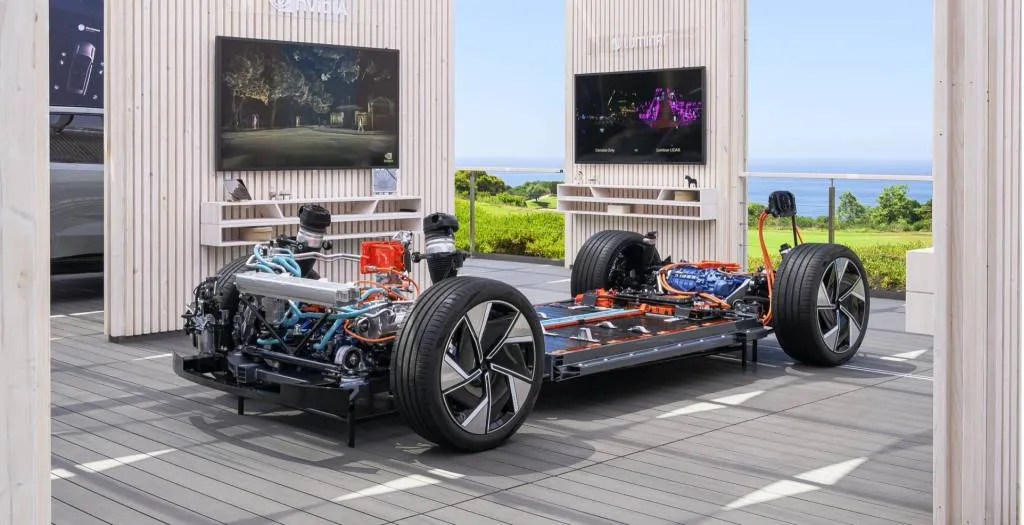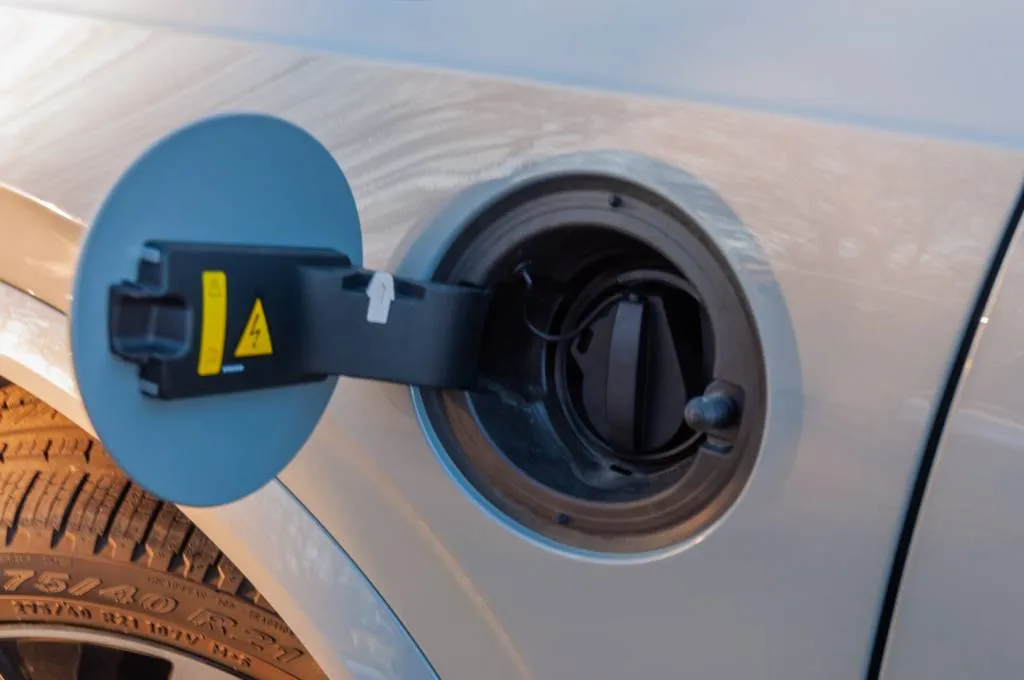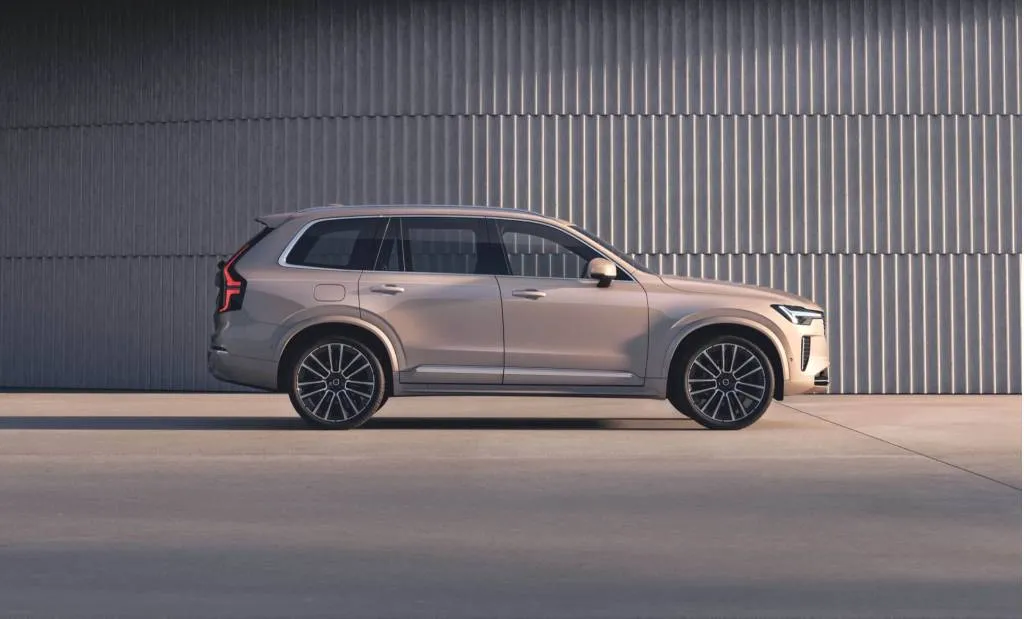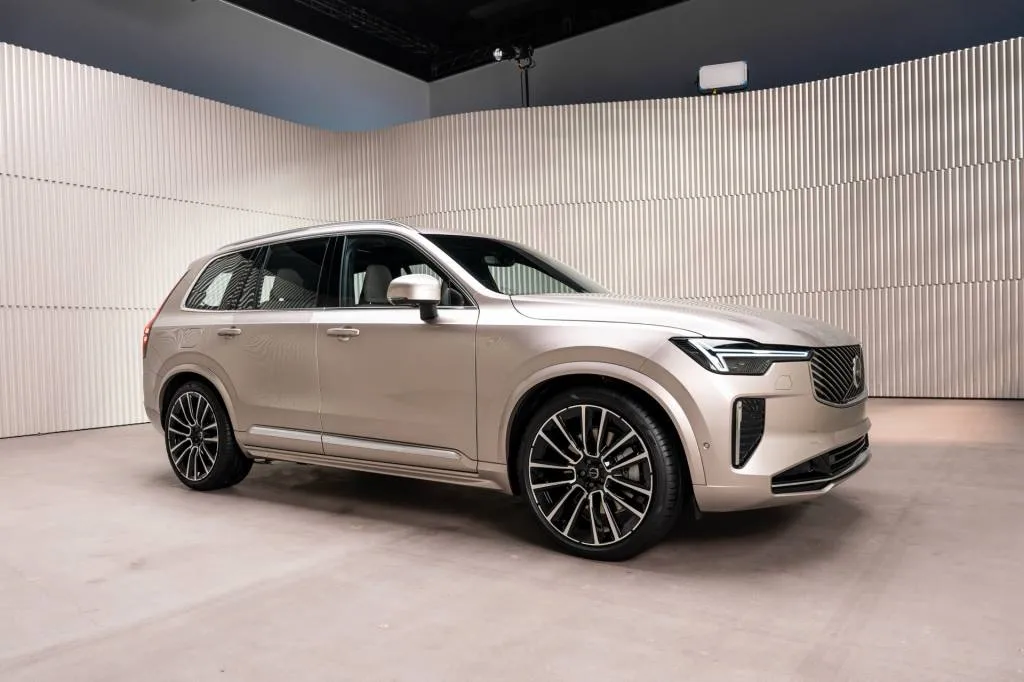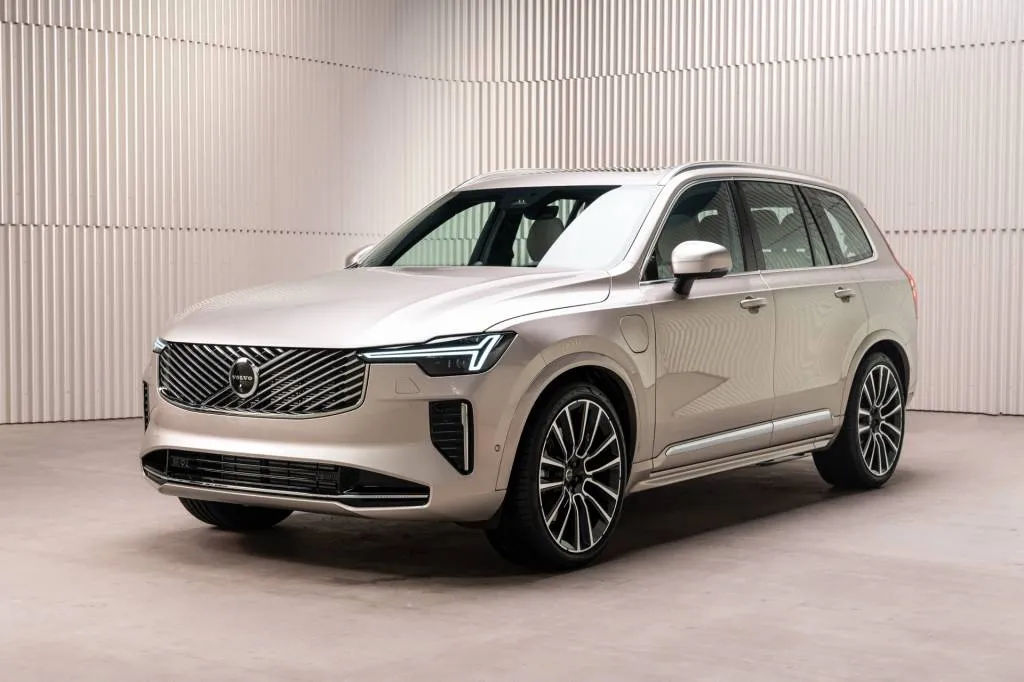-
The 2026 Mercedes CLA EV gets true one-pedal driving
-
Mercedes put a focus on efficiency and energy recuperation with the CLA EV
-
Mercedes hasn’t said how much the 2026 CLA EV will cost; it debuts in 2025
Up until now, many automakers have chosen to dial back regenerative braking in EVs because of concerns over stability on slick roads.
Mercedes-Benz is breaking from that thinking in its future EVs, starting with the next-generation system that will debut in future EVs starting with the CLA EV.
During a brief ride in a 2026 Mercedes-Benz CLA EV prototype in the Austrian Alps, Timo Stegmaier, senior manager of electric drive systems for Mercedes, and Tom Steller, a spokesperson for the automaker, demonstrated the next-gen EV’s braking and propulsion systems in near-whiteout blizzard conditions.
Here’s what I learned.
2026 Mercedes-Benz CLA EV prototype
2026 Mercedes-Benz CLA EV focuses on one-pedal driving
The Mercedes team emphasized that it’s heard feedback from customers and media alike, loud and clear, regarding the EQE and EQS EV’s braking systems and their moving friction point and unpredictably varied pedal feel.
They started out as some of the worst brakes on the market and have, through software updates, become…acceptable. That won’t be the case with the CLA EV, I was told. In November Mercedes engineers confirmed to Green Car Reports the brake pedal in the CLA EV will never move unless the driver touches it.
The CLA EV will have three regenerative braking modes including D-, D, and D+. A fourth bonus mode will be D Auto. Full one-pedal max regen kicks in with D- mode, which we used the entire prototype drive, and the others subsequently lessen the regen.
D Auto mode automatically adjusts the regenerative braking system for the conditions. In the 2025 Mercedes-Benz E 53 Hybrid, for instance, it’s tied into the adaptive cruise control and safety systems to be fully variable. It’s not consistent or predictable. But it’s unclear as of yet how D Auto works in the CLA EV.

2026 Mercedes-Benz CLA EV prototype
The mountain roads were covered in blowing snow over black ice. No matter how quickly Stegmaier selected the most aggressive brake regen with D-, and let off the accelerator, but the Michelin Alpin 5 winter tires never seemed to break traction. The regenerative braking system used the next-gen MMA electric architecture’s PCUs and ECUs to react instantaneously and adjust accordingly. The car pointed straight under braking and mid-turn didn’t change composure. Very impressive. Some humans aren’t this smooth in these conditions.
For reference, Snow or Winter or Slippery Conditions drive modes in almost all EVs on sale today typically reduce or disable regenerative braking. This is to ensure the tires don’t break traction and the car remains stable on slippery surfaces.
A Mercedes spokesperson told GCR that Stegmaier’s recommendation to use max recuperation in slippery conditions is specific to the CLA EV because of its use of next-gen sensors. The system in the CLA is designed to automatically adjust to road conditions, optimizing safety and efficiency instantaneously. From what I observed it did just that.
The EQE and EQS lineup use different platforms, electrical architectures, and sensor packages along with control systems and software. These current EVs manage traction and braking behaviour differently, and aren’t as focused on maximizing recuperation or efficiency in real time.
The CLA’s capable of 200 kw of recuperation before engaging the friction brakes. Stegmaier told me that the CLA EV prototype never used the friction brakes during our drive. Impressive.
That energy goes back into the 85.0-kwh (usable) battery pack through an 800-volt electrical architecture. Mercedes said fast-charging will top out at 320 kw and the CLA EV will be capable of adding 186 miles of range in 10 minutes. That’s starting out at a 10% state of charge, and translates to approximately 36 kwh of energy. Charging from 10-80% will take less than 22 minutes. There will also be an 11.0-kwh onboard charger for Level 2 AC charging.

2026 Mercedes-Benz CLA EV prototype
2026 CLA EV feels quick, comfortable, and planted
When Stegmaier put the accelerator to the floor the tires didn’t spin. The CLA EV prototype simply shot forward, but given the conditions the engineer didn’t keep the pedal buried long. The car remained pointing forward despite the slippery surface, I didn’t see the steering wheel tug in either direction, and seemingly, the electronics adjusted power in real time for the conditions.
The dual-motor prototype has Mercedes’ new EDU 2.0 (Electronic Drive Unit 2.0) hardware under its metal skin, including silicon-carbide inverters. The rear motor is a 268-hp synchronous motor (PSM) paired with a 107-hp motor up front. I couldn’t perceive if the front motor was on or off, but given the conditions it’s hard to imagine it wasn’t engaged most of the time.
Mercedes hasn’t talked about performance, but a 0-60 mph time in the low 4-second range seems about right. Single-motor models will surely be slower and hotter AMG models surely quicker.
Except for the single switchback corner Stegmaier purposely hung the tail out during, it felt from the passenger seat that torque was kept under control partly by soft inputs from the driver.
The new in-house-designed 2-speed automatic transmission may have shifted into second gear to soften torque delivery. The unit is capable of staying in first gear up to 68 mph, but it’s variable based on conditions and needs. It was smooth and with the blizzard there was a lot to take in quickly.
The prototype rode on a conventional (non-active) suspension, which was comfortable, compliant, and controlled. Stegmaier wouldn’t talk details and didn’t mention whether higher trims or AMG models would offer adaptive dampers, but the prototype I rode in was as comfortable, if not more so, as the larger C300 I had just piloted.

2026 Mercedes-Benz CLA EV prototype
2026 Mercedes-Benz EV charts its own course
The exterior of the CLA EV was completely covered in camo, but it clearly looked like the concept that previewed the next-gen EV In 2023. Right down to stars in the LED head and taillights.
Inside the dashboard and door panels were covered in black cloth. Kindly, Mercedes asked me to not comment on what little I saw or touched. But I can say the dashboard seems to be completely different than today’s EQE and EQS lineup. The high-mounted yacht-like setup is gone. The dashboard seems to be short and tight up against the cowl. It reminded me of the Mercedes 190E and W126 S-Class from the ‘80s and ‘90s, or even the G-Class of today.
Mercedes didn’t let me behind the wheel of the CLA, and my time both in and around it was brief. Still, what I saw, experienced, and felt proved Mercedes has listened to feedback about its current EVs, is focused on efficiency, and aims to make the 2026 CLA EV the starting point for its next-gen electric cars.
Mercedes-Benz paid for travel, lodging, and was shocked I wasn’t cold during a blizzard to bring you this first-hand review.
